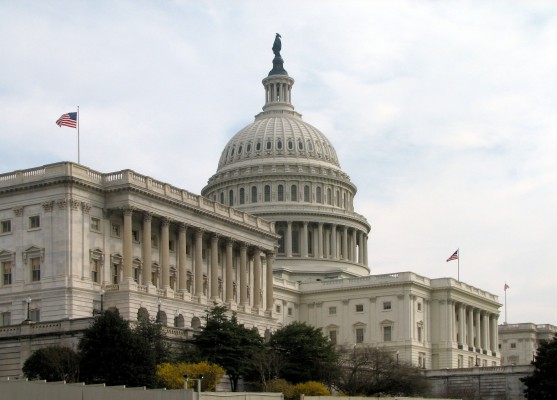Excessive Use of Force Must Be Addressed
October 17, 2013

The political tension surrounding Washington, D.C. reached a boiling point on Thursday, Oct 3 when Miriam Carey was killed by D.C. police forces following a car chase. The 34-year-old dental hygienist, who was reportedly suffering from postpartum depression with psychosis, attempted to storm through security barriers in the Capitol with her 1-year-old child in the car. Policemen and Secret Service agents tried unsuccessfully to stop the car, at which point the black Infiniti rammed one of the Secret Service vehicles and struck several officers in its attempt to escape. The chase ended after the law enforcement agents fired 17 shots, killing the woman and, luckily, leaving the child unharmed.
As the days passed and the details became clearer, the media began to reflect the public’s discomfort with how the incident was handled. I have come to the conclusion that this unfortunate event reflects not so much bad judgment on the part of the officers, but, rather highlights the need to reconsider police procedure regarding the use of deadly force. The death of an unarmed, psychologically unstable woman in front of a child echoes the current state of distrust and fear in a country under the constant threat of terrorism. Nobody wants to be the policeman who could have stopped a bomber but didn’t. Nobody wants to be the guy who didn’t fulfill his duty of keeping the public safe. Yet, is the public really protected when our law enforcement officers act under the principle of “playing it safe” and assuming the worst?
I think that, as long as it is not harming citizens, our law enforcement officers should certainly play it safe, especially during times of political instability and heightened threat to national security. The police force acted as is expected for the circumstance when we take into consideration their limited knowledge of the situation as it unfolded and the high stakes involved in their decision-making.
In retrospect, it is easy to see the actions of the police as an outraging abuse of power. In a USA Today article, a former criminal investigator commented on the alternatives to using deadly force that the officers could have employed. He mentioned that they could have used tire-deflation devices, which allow policemen to stop vehicles without risking their lives or firing guns. He also suggested the possibility of installing pop-up vehicle barriers in the Capitol area to avoid resorting to the use of deadly force in the future.
Of course, we must also consider the fact that the public can analyze situations after they take place, while the policemen do not have this same advantage. On one hand, the woman was unarmed and had a young child in the car with her when she was shot. On the other hand, the police had no way of knowing these facts when they made the decision to use deadly force, and, as is always the case in high-risk scenarios, they had the immense responsibility to act quickly and effectively.
This terrible event should set an important precedent for future incidents and prompt changes in police procedure regarding the use of deadly force. It may seem unfair to judge policemen who are under a lot of stress and have minutes, sometimes seconds, to make important decisions—but when the lives of citizens are involved, those responsible to protect them must be held to the highest standard.









